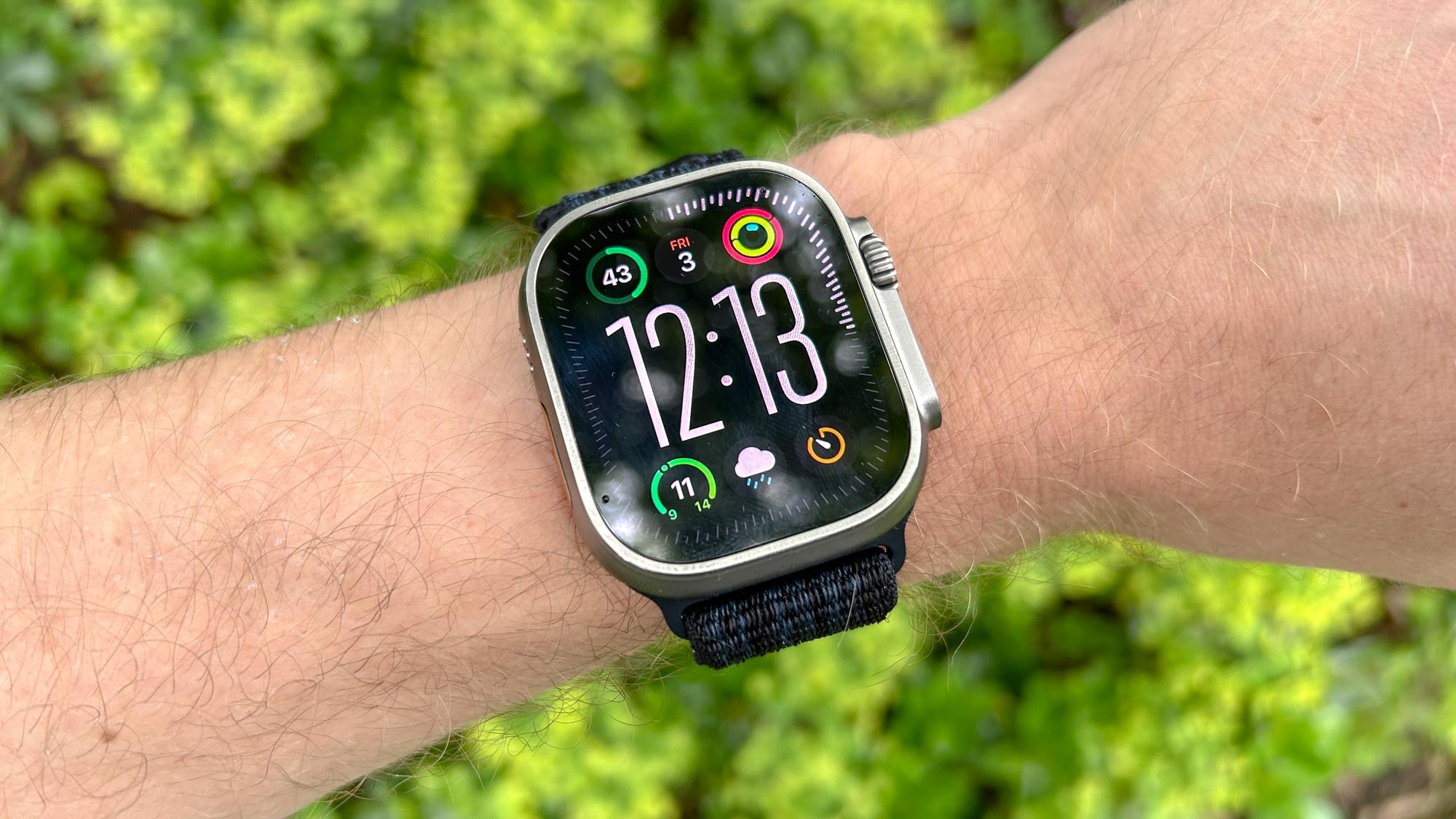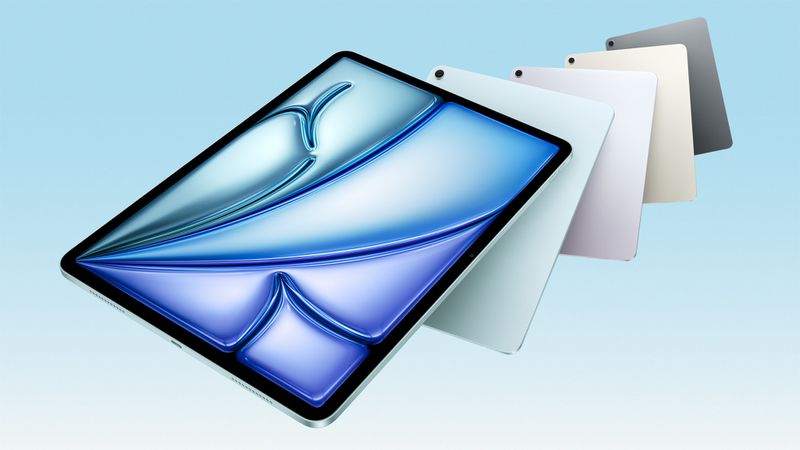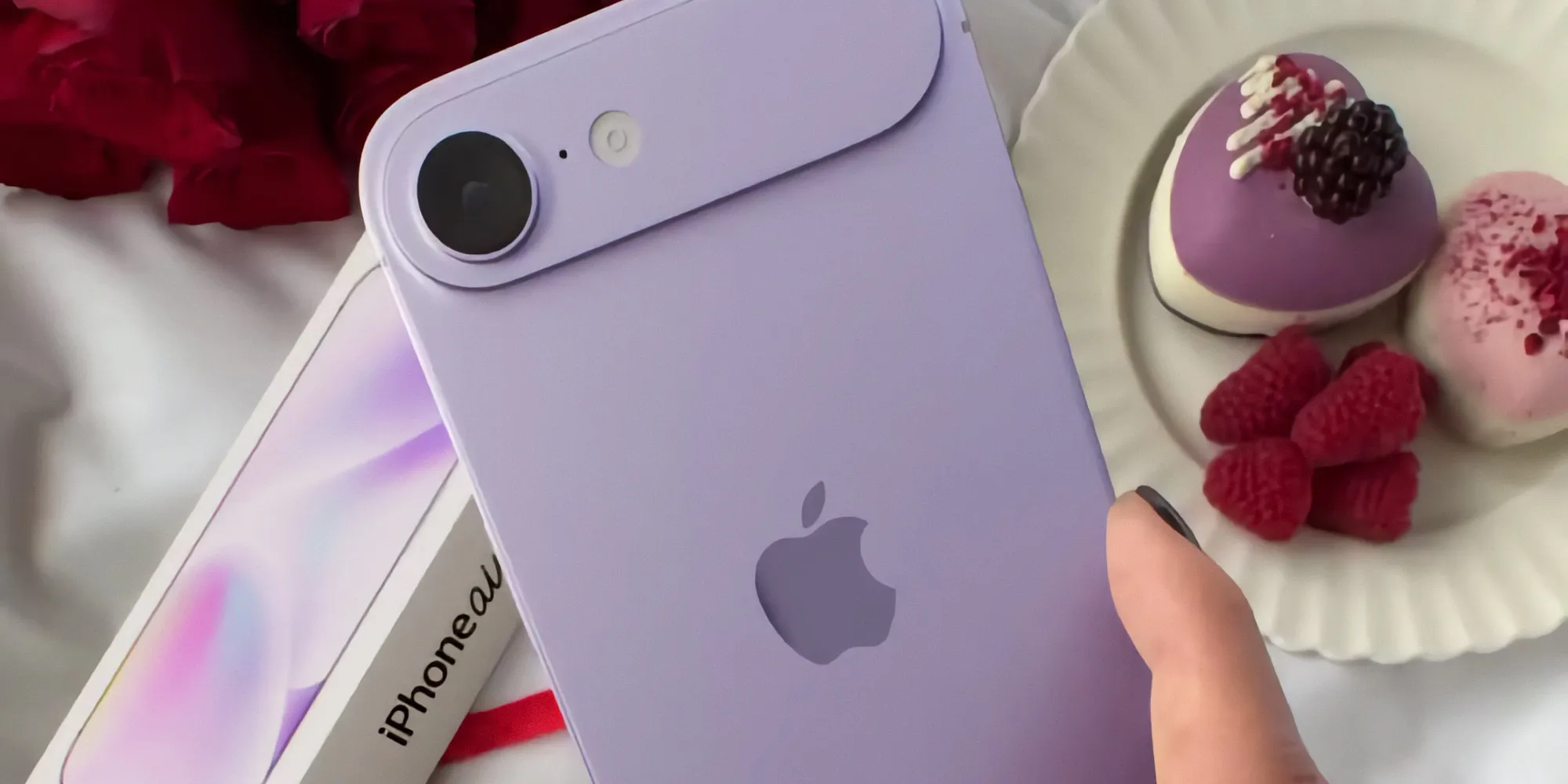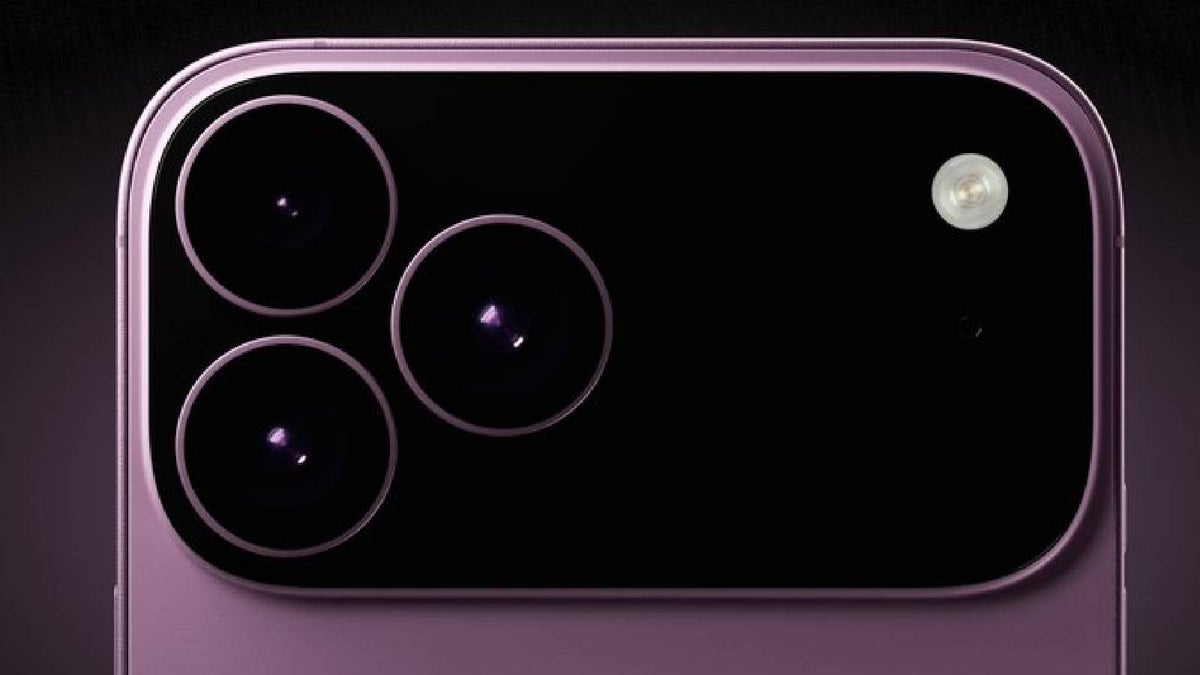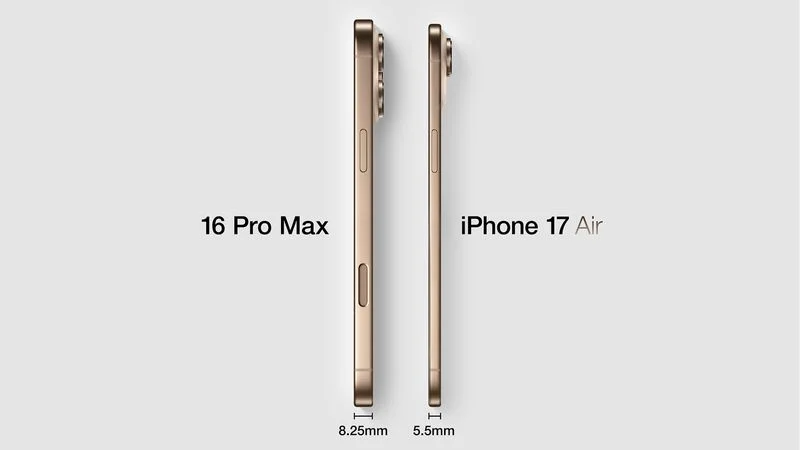Apple is planning to make the upcoming Apple Watch Ultra 3 more independent, so users won’t need to rely on their iPhones as much. According to Bloomberg’s Mark Gurman, this move is part of Apple’s larger goal to turn the Apple Watch into a more standalone device.
Right now, many features on the Apple Watch still require an iPhone. Things like setting up the watch, managing apps, and updating the system can’t be done directly from the watch itself. But Apple wants to change that. The company is working on letting users set up and update their watch without using an iPhone.
This update may not come all at once. Some changes could roll out slowly across watchOS 11 and later versions. Still, it shows Apple’s growing interest in giving users more freedom with their devices.
The Apple Watch Ultra 3, expected to launch later this year, might also include some new features and improvements, but the focus seems to be on better software and user experience rather than big hardware upgrades. By reducing the need for an iPhone, Apple is making the watch a better choice for fitness lovers, travelers, or anyone who wants to stay connected without carrying their phone everywhere.
